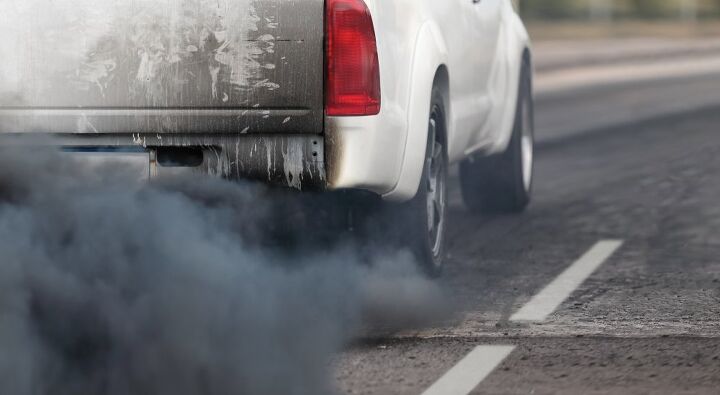Diesel's Not Done Yet: Cummins Explores Cylinder Deactivation

Despite the switch to low-sulfur fuel and ever more stringent emissions regulations around the world, compression ignition technology still gets a bad rap, tarnishing the remaining crop of diesel engine offerings despite their fuel economy advantages.
In the world of heavy duty pickups and large commercial vehicles, it’s a case of diesel or what else? Electric motors powered by battery banks the size of a refrigerator warehouse? Gotta use what works.
Diesel engine maker Cummins sees plenty of life left in the technology, and believes better is possible. If gasoline engines can shut down cylinders at will to conserve fuel, why not oil burners?
With that in mind, the company has teamed up with Tula Technologies, a major purveyor of engine management software, to bring cylinder deactivation to big, burly diesels. On Wednesday, both companies announced findings of their collaboration on diesel Dynamic Skip Fire (dDSF) — the diesel version of the technology General Motors adopted on its gasoline V8s under the name Dynamic Fuel Management.
With dDSF, Cummins says an X15 (6.7-liter) inline-six test engine returned significant reductions in CO2 and smog-generating NOX emissions when fitted in a semi-truck, in addition to better fuel economy.
“We will continue to innovate the diesel engine system to make it lighter, more reliable, powerful and fuel-efficient, and we are encouraged by the progress demonstrated in this collaboration and what it could mean for future diesel technology,” said Lisa Farrell, Cummins’ director of advanced system integration, in a statement.
Cummins already markets the X15 as the thriftiest diesel in its weighty class, with the six-pot generating up to 500 horsepower and 1,850 lb-ft of torque. With Dynamic Skip Fire, the engine would fire only the number of cylinders needed for by-the-second load requirements. If adopted on diesels big and small, the advantages for cost-conscious fleet operators and makers of heavy duty pickups, both of whom are staring down the barrel of new emissions regulations, are obvious.
“Our partnership with Cummins has given us the opportunity to expand our DSF technology beyond its success in gasoline engines,” said R. Scott Bailey, president and CEO of Tula Technology. “Demonstrating the capability to improve fuel efficiency while also achieving very effective emissions control is extremely important for all diesel engine applications in the future.”
In a joint release, the two companies said “the collaboration will continue with exploring future system optimization and viability to control noise, vibration and harshness in commercial vehicle applications.”
[Image: Toa55/Shutterstock, Cummins]

More by Steph Willems
Latest Car Reviews
Read moreLatest Product Reviews
Read moreRecent Comments
- Lou_BC Well, I'd be impressed if this was in a ZR2. LOL
- Lou_BC This is my shocked face 😲 Hope formatting doesn't fook this up LOL
- Lou_BC Junior? Would that be a Beta Romeo?
- Lou_BC Gotta fix that formatting problem. What a pile of bullsh!t. Are longer posts costing TTAC money? FOOK
- Lou_BC 1.Honda: 6,334,825 vehicles potentially affected2.Ford: 6,152,6143.Kia America: 3,110,4474.Chrysler: 2,732,3985.General Motors: 2,021,0336.Nissan North America: 1,804,4437.Mercedes-Benz USA: 478,1738.Volkswagen Group of America: 453,7639.BMW of North America: 340,24910.Daimler Trucks North America: 261,959



































Comments
Join the conversation
I will continue to drive Diesels as long as they are available. For my driving needs and style there’s nothing else that comes close to providing fuel economy combined with spirited fast driving on the Autobahn. No gasoline engine (much less an EV) can offer those long legs while sipping so little fuel. And this article is a bit misleading. Diesels are still very much popular in Europe, they’re considered even cleaner than gasoline engines (the modern EURO6 Diesels). Several studies have shown that the air which comes out of the tailpipe of a modern Diesel car is cleaner than what is sucked in at the front.
why is it that the author or page editors choose such a ridiculous and non representative image of a smoking pick up truck for this story that is about efficiency and improving emissions? One must wonder if it is a bias against diesel, that smokey trucks get more clicks than others or just laziness. Come on TTAC- get real with your images-- it cuts way down on any journalistic integrity when there is such a poor choice of images to go with a story. How about some 'splainin on how and why that image was chosen?